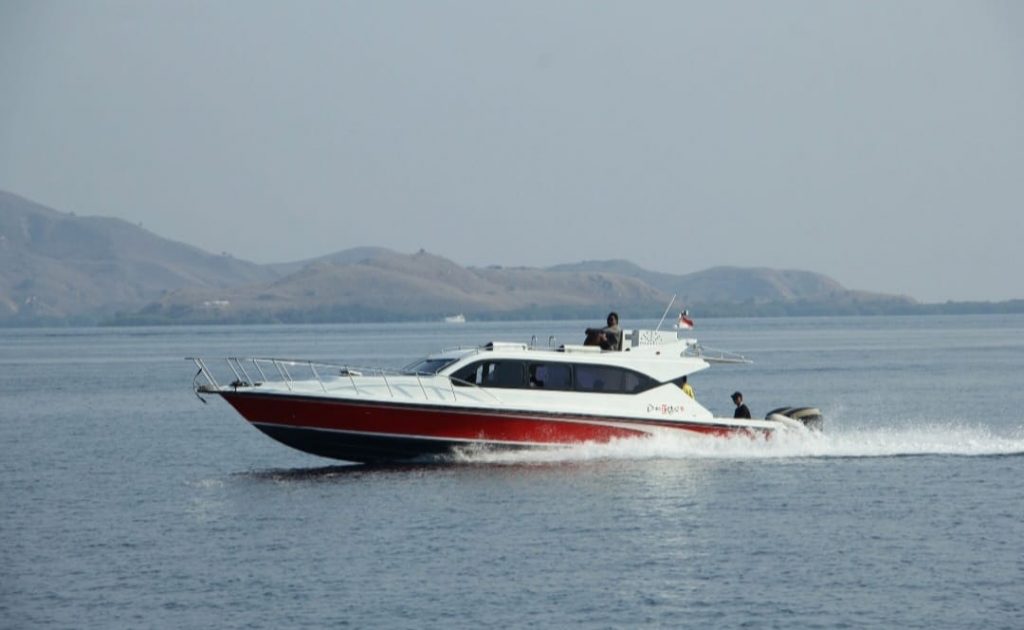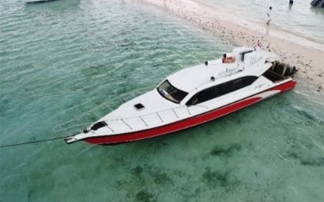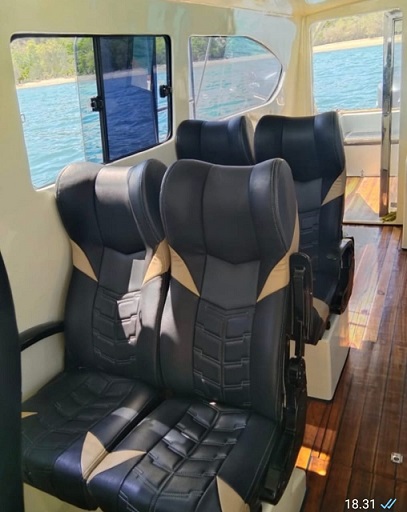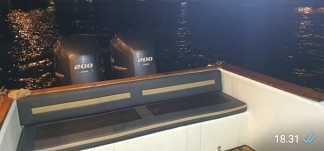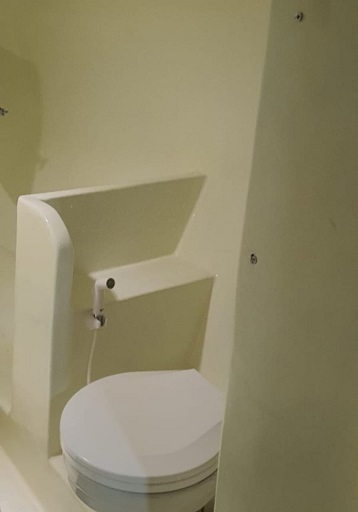Bengkulu has 5 species out of 33 Rafflesia flowers of the world. Rafflesia is a shy plant, it is not easy cultivated and therefore it is very rare and not very easy to see. However in Bengkulu there are recorded about 50 to 60 Rafflesia blooms every year that it makes it a good place to see this beautiful flower for botany enthusiast or for curious travelers.
This gigantic red flowers can be easily identified for its size, color, smell and its 100% parasitic life. Here are 5 species of Rafflesia in Bengkulu:
1) Rafflesia arnoldii is the first Rafflesia flower discovered in the 1818 nearby Manna River, Lubuk Tapi, South Bengkulu. This flower was found by Thomas Stamford Raffles the leader of expedition and the guide Joseph Arnold. The flower diameter can reach to 1 meters and weight upto 11 kg. It has 5 petals, red colors and it has irregular white spots on its petals. At the inside of the flower it has spikey plates which has stamens and pistils. Flies are interested in the scent of this flower and that was how the productive process begins. It blooks only for a week and then dries and dies. The percentage of insemination is very small as very rare that male flower and femae flower bloom at the same week.
2) Rafflesia bengkuluensis is the endemic species of Bengkulu. It was discovered in Penangkulan River, Manau IX village, Kaur Regency, Bengkulu. This species is not as big as Rafflesia arnoldii, its diameter range is 50-55 cm, and each petal size is 15-19 cm. The flower is dark orange or terracotta color with irregular spots of 9mm and widtf 406 mm. The diafragma is 16,2-18,6 cm and the spots on the diafragma is light orange and the diafragma holes about 10,6 cm. Its ramenta is tubercle unlike Rafflesia arnoldii, with its filiform ramenta. It was first discovered in 2005 by Bengkulu University and Kebangsaan Malaysia University.
3) Rafflesia gadutensis Meijer, was considered as Rafflesia arnoldii until 1984 when it was described by Meijer.The name was derived from where the first specimen collected at Ulu Gadut Padang, West Sumatra. The sizee is medium with diameter from 40-46 cm. The perigon and surface of diapragma is light red, and spots on the perigon and diapragma has similar size and the color is light red. The spots on the longest perigon is 10-12 spots, and its bigger than spots on R. arnoldii, and sometimes huddled together near diaphragma.
4) Rafflesia hasseltii is known as the most beautiful Rafflesia and it was described by Suringar in 1879 according to specimen collected from Muara Labuh, West Sumatra. Because of the spots pattern on the perigon petals, the locals call this as red-white mushroom or riger mushroom. This species is easily identified and differentiate from othe species. The color is maroon and the petals has wide and dominant in the shape of irregular rectangle. One petal can have 4-6 spots. The flower size is 30-50 cm and sometimes can be 70 cm. This species is very rare, and now the productive areas are Ketenong II, Lebong Regency, Bengkulu and Kerinci Seblat National Park. The habitat if R. hasseltii is a highland forest with formation of vegetation such as : Altingia excelsa, Knema laurina, Elateriospermum tapos, Quercus elmeri, Tristania maingayi, Dysoxylum sp., Xylocarpus granatum, Litsea sp., and Syzygium sp.
5) Rafflesia kemumu is a new species discovered and it is similar to R. gadutensis in regard of the size of flower, however different in color and wart ornaments on the perigone lobes. This species was discovered in Boven Lais Nature Reserved which borders with Tebing kaning Village, North Bengkulu

